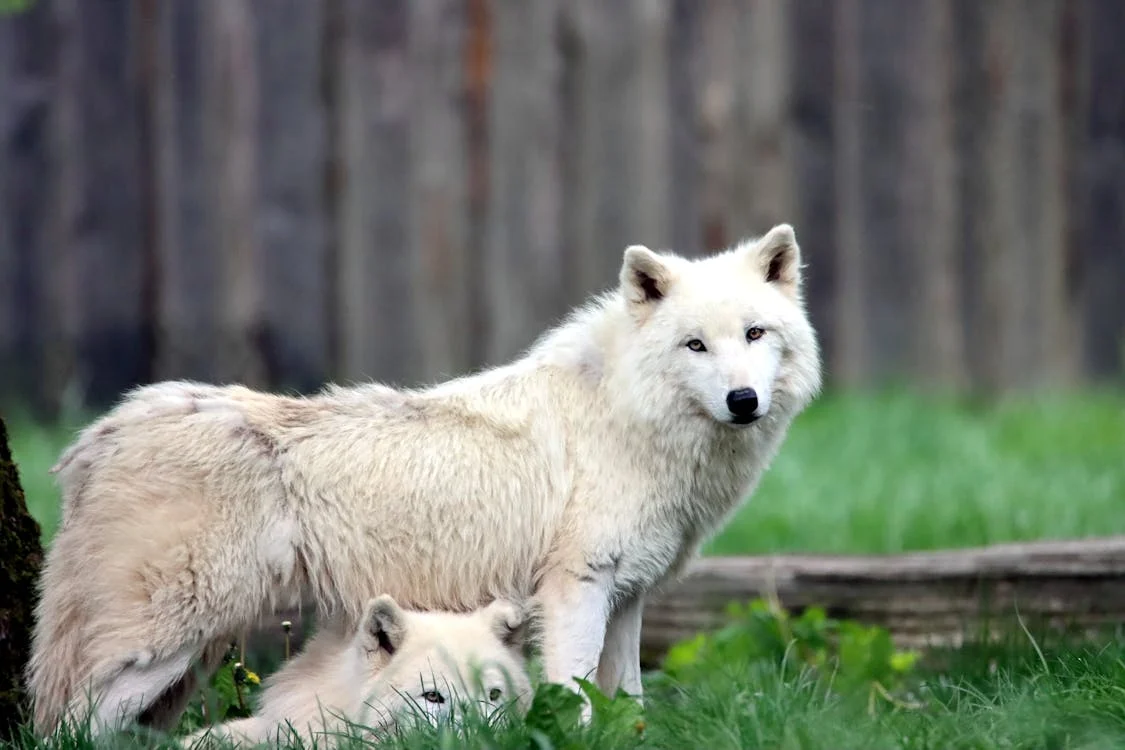The werewolf, a creature of legend that can shift from human to wolf form, has captivated the human imagination for centuries. Known for its ferocious strength, insatiable bloodlust, and terrifying transformation, the werewolf remains one of the most iconic figures in folklore. But where did this fearsome myth originate? A deep dive into history reveals a fascinating blend of cultural beliefs, superstitions, and historical events that gave birth to the enduring legend of the werewolf.
Ancient Roots of the Werewolf Myth
The concept of humans transforming into animals predates the specific image of the werewolf. In ancient cultures around the world, shapeshifters appear in various forms, often tied to spiritual or divine significance. In early Indo-European mythology, many believed that warriors could channel the power of animals, including wolves, to gain strength and agility in battle. This idea laid the groundwork for future werewolf legends.
One of the earliest examples of a man transforming into a wolf appears in Greek mythology. The legend of Lycaon, the king of Arcadia, serves as a cornerstone of the werewolf myth. According to the tale, Lycaon incurred the wrath of Zeus by serving him a meal made of human flesh. As punishment, Zeus transformed him into a wolf, symbolizing the consequences of barbarism and hubris. The term “lycanthropy” (the ability to transform into a wolf) derives from this myth.
In Norse mythology, the connection between humans and wolves is also strong. The tale of Sigmund and Sinfjötli in the Völsunga saga tells of two men who don wolf skins and are then able to transform into wolves, retaining the beast’s ferocity but struggling to control their primal urges. This concept of losing control and being overcome by an animalistic nature is a key element of the werewolf myth across cultures.
Werewolves in European Folklore
The werewolf as we recognize it today took shape largely in medieval Europe, where wolves were seen as both feared predators and symbols of danger. Stories of werewolves appeared across the continent, with some of the most prominent legends coming from France, Germany, and the Slavic regions.
In medieval France, stories of the loup-garou (werewolf) were widespread. During the 16th and 17th centuries, Europe was in the grip of witch hunts, and just as witches were persecuted, so too were alleged werewolves. The “Werewolf of Dole” case in France in 1573 involved a man named Gilles Garnier, who was accused of using witchcraft to transform into a wolf and terrorize local villages. These trials, much like witch trials, were rooted in fear of the unknown and the desire to explain unexplainable violence.
Similarly, in Germany, the figure of the werwulf (from the Old High German “wer,” meaning man, and “wulf,” meaning wolf) was central to many folktales. The story of Peter Stumpp, a notorious German serial killer in the 16th century, blends historical fact with werewolf myth. He was executed for murder and accused of transforming into a wolf to commit his crimes. This case fueled the belief that humans could become wolves either through a pact with the devil or by wearing enchanted wolf skins.
In Slavic folklore, werewolves (or vukodlak in Serbian and Croatian mythology) were often linked with vampires, with both creatures representing the dangerous crossing between human and beast or human and undead. The transformation in Slavic tales was sometimes seen as a curse, and stories often included a tragic element where the person was forced into their monstrous form against their will.
Shapeshifting, the Moon, and Modern Werewolf Lore
One of the most recognizable elements of the modern werewolf legend—the connection to the full moon—appears much later in the development of the myth. While ancient and medieval stories sometimes mentioned the night or darkness as part of the werewolf’s transformation, it was not until the 18th and 19th centuries that the full moon became a common trigger for the change. This idea was popularized in part by literature and later by film, where the full moon served as a dramatic symbol of transformation and loss of control.
Victorian Gothic literature, particularly during the rise of the horror genre, began to cement the idea of the werewolf as we know it today. Writers like Sabine Baring-Gould wrote extensively about werewolves in the 19th century, bringing older folktales to a new audience. In 1935, the release of the film Werewolf of London marked one of the first appearances of the werewolf in modern cinema, while The Wolf Man (1941) further solidified the werewolf’s place in pop culture, establishing the association with the full moon and the tragic curse.
Psychological Interpretations of the Werewolf
The myth of the werewolf has also been linked to real-world psychological and medical conditions. In medieval and Renaissance times, a condition called clinical lycanthropy was recognized, where individuals believed they could transform into wolves or other animals. This rare psychiatric disorder often accompanied other delusions and was sometimes linked to mental illness, further contributing to the lore of real-life werewolves.
Some historians and scholars also suggest that the widespread fear of werewolves was linked to mass hysteria and social phenomena, similar to the witch hunts. In many cases, the accused werewolves were often people on the fringes of society, leading some to see the persecution of werewolves as a metaphor for the fear of the “other.”
The Enduring Legacy of the Werewolf
Despite its ancient origins, the werewolf legend continues to evolve and endure. Today, the werewolf occupies a central place in popular culture, appearing in books, movies, television, and even video games. From classic films like An American Werewolf in London (1981) to the Twilight series’ portrayal of werewolves, the myth has proven to be remarkably adaptable, reflecting different societal anxieties over the centuries.
The werewolf’s transformation—from a symbol of divine punishment to a representation of uncontrollable human desires—has made it one of the most versatile and captivating mythical creatures. Whether seen as a fearsome predator or a tragic figure caught in a curse, the werewolf continues to reflect humanity’s complex relationship with nature, power, and the unknown.
Conclusion
The werewolf legend is a powerful tapestry of myth, folklore, and history that has evolved over thousands of years. From the ancient Greeks to medieval Europe, and into modern pop culture, the werewolf continues to captivate our imagination. As both a symbol of untamed power and a representation of human fear, the werewolf’s legacy endures, transforming itself like the creature at its heart.

